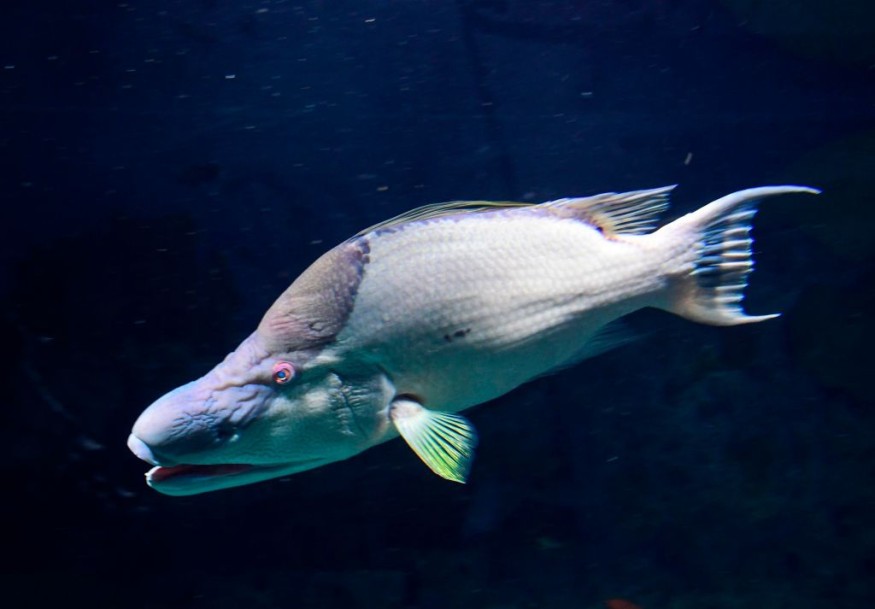A new study suggested that hogfish see not only with their eyes but also with their skin.
According to biologist Lorian Schweikert, these fish may be employing skin vision to watch themselves in addition to seeing their environment.

The hogfish (Lachnolaimus maximus), a common fish in the western Atlantic Ocean from North Carolina to Brazil, is known for its color-changing skin.
In milliseconds, the species can change from white to speckled to reddish-brown to blend in with corals, sand, or rocks.
Read Also : Chameleon Robot Changes Color as It Moves; New Military Camouflage On the Horizon? [VIDEO]
Skin vision
To study this behavior, the researchers collected skin samples from hogfish and examined them under a microscope.
This close-up view revealed a plethora of cells known as chromatophores, which contain color granules.
The study, published in Nature Communications, described the biological process of chromatophore pigment activity and how the hogfish uses it.
Previous research discovered that hogfish have a light-sensitive protein called opsin in their skin that differs from the opsin present in their eyes.
Color granules travel throughout the cell. They become translucent when they are close together, yet darker when they are spread away. The light-sensitive protein was later discovered in cells beneath the chromatophores by the researchers.
According to Schweikert, this meant that light impacting the hogfish's skin had to pass through the chromatophores before reaching the light-sensitive layer.
This permits the fish to detect changes in light and filter it via these pigment-filled cells.
The researchers said the skin does not work exactly like an eye but rather as a sensory feedback mechanism that allows the hogfish to monitor its own skin while changing colors.
"Just to be clear, we're not arguing that hogfish skin functions like an eye," Dr. Schweikert said. "Eyes do more than merely detect light - they form images. We don't have any evidence to suggest that's what's happening in their skin."
Life and death
Lauren Sumner-Rooney, a researcher at the Museum of Natural History in Berlin, stated that the capacity to color shift and get the colors perfect for the hogfish was a matter of life and death.
She added that many animals couldn't see their entire body surface with their eyes and required another way to determine if they had expanded and contracted the correct chromatophores.
"This provides a neat and simple mechanism by which fish can tell whether they have successfully changed color, by using light sensors dispersed across their whole bodies, instead of relying on their eyes," she said in an interview.
Despite the newly identified cells, it is not as simple for hogfish to have a hidden component that allows them to see skin.
"People often focus on the materials in biology as being magical," said Sönke Johnsen, a biology professor at Duke University and a co-author of the paper. "What's really magical is the structure - biology is able to take some fairly run-of-the-mill molecules and build almost anything by putting them together."
Related Article : Reef Fish Could See More Colors Than Humans
Related Video:
© 2025 NatureWorldNews.com All rights reserved. Do not reproduce without permission.





